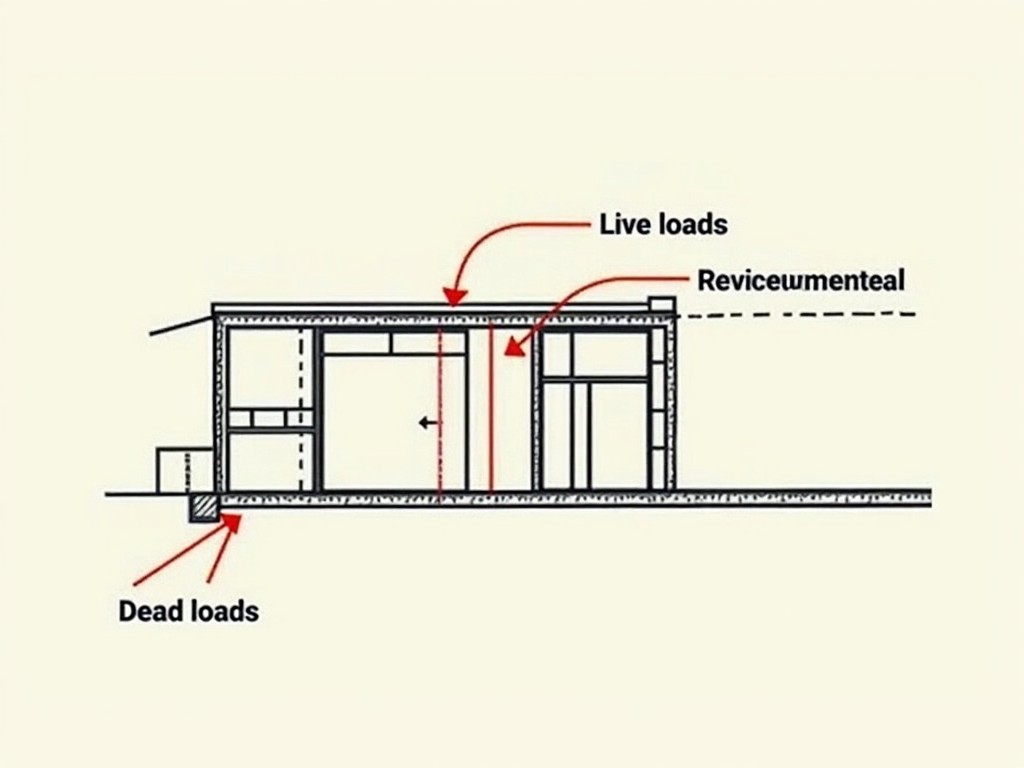Structural Loading Standards and Regulations in Construction
Understanding Structural Loading Standards in Construction
In construction, understanding structural loading standards and regulations is crucial for safety and efficiency. This article explores the basics of structural loads, how footing calculations are done, and why adhering to these standards is essential.

What Are Structural Loads?
Structural loads refer to the forces or other actions that result in stresses, deformations, or accelerations within a structure. These loads can be due to gravity, weather, or usage. Different types of loads include:
- Dead loads: Permanent, stationary loads, like the building materials themselves.
- Live loads: Temporary or changeable loads, such as people and furniture.
- Environmental loads: Wind, snow, and rain forces that impact the structure.

Importance of Structural Loading Standards
Adherence to structural loading standards is non-negotiable for ensuring that any structure can withstand daily usage as well as unexpected events like heavy winds or earthquakes. These standards are set by authoritative bodies like the American Society of Civil Engineers (ASCE) and are essential in guiding the design of safe and reliable structures.

Footing Calculations: The Foundation’s Foundation
Footings are essential to the stability of the building; they distribute the weight of the building to the ground. Accurate footing calculations ensure that the structure can support the loads placed upon it without risk of tipping or excessive settling.

Personal Insights on Structural Loading
Having worked in the construction industry for over a decade, I emphasize the practical utility of these standards. In my experience, local adaptations and knowledge, such as understanding regional wind speeds or typical snow loads, are crucial for accuracy in loading calculations. Ensuring that the entire team—from architects to on-site engineers—is conversant with these standards significantly minimizes risks.

Case Study: Real-Life Application of Standards
In a recent project with a high-rise building, adherence to precise loading standards and comprehensive footing calculations were critical. By simulating live load scenarios, any potential stress points in the structure were identified and reinforced. This proactive approach significantly reduced construction delays due to unexpected adjustments.
Key Lessons:
- Early Planning: Engage with structural engineers early in the project.
- Regular Training: Ensure ongoing education for all team members concerning the latest standards.
- Technology Use: Leverage software tools for precise loading simulations.

Conclusion
Understanding and adhering to structural loading standards are vital for constructing safe and enduring buildings. Through careful planning, accurate footing calculations, and continued education, construction professionals can uphold these standards effectively. For those in the industry, staying informed and vigilant ensures successful outcomes and structural integrity.





